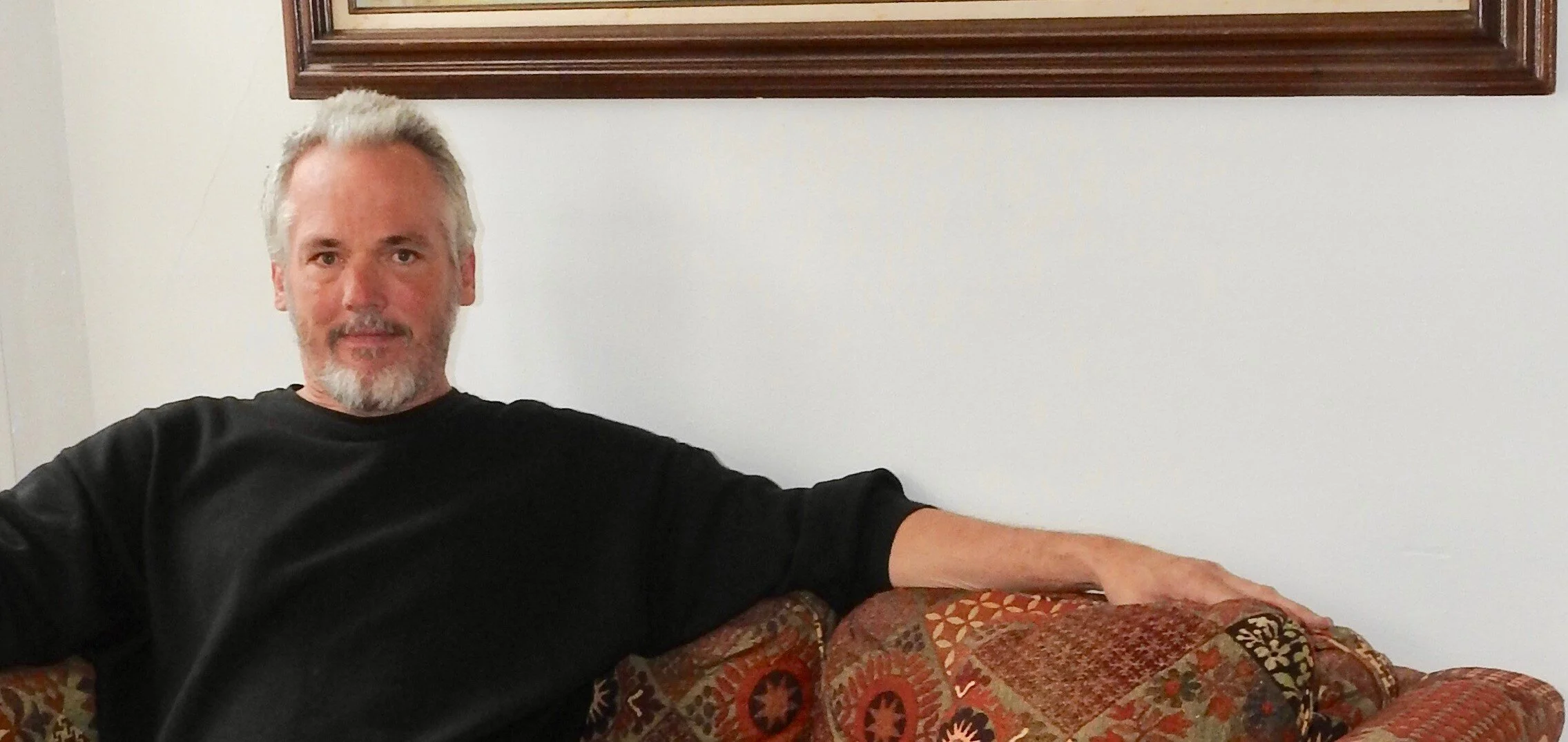Positive Exits
Randy went directly from the streets to his own apartment in 2020 and was a “positive exit” from street outreach as he ended his homelessness. (photo used with permission)
The Department of Housing and Urban Development (HUD) put together Systems Performance Measures to help communities gauge their progress in preventing and ending homelessness. The measures are “system wide,” meaning that they focus on the community efforts as a whole, rather than a single project or organization. The measures include things like changes in the number of people experiencing homeless, people who are homeless for the first time, people who return to homelessness, people who leave homelessness into permanent housing, etc. HOPES Center is a co-chair on the a Racine Continuum of Care committee that regularly looks at Racine’s performance according to the Systems Performance Measures.
There are several different shelter and housing programs in Racine, HOPES Center’s two Rapid Rehousing projects being among them. HOPES has the only street outreach program in Racine, so it is directly responsible for one the System Performance Measure that looks out outreach performance. The specific measure is exits to permanent housing. An “exit” means that someone had been homeless according to the HEARTH Act definition (living in a shelter or on the streets), was part of a program or project to help end their homelessness, and left the program (and homelessness) into permanently housing.
Because of the nature of how street outreach works, it doesn’t collect the information on program participants that shelters or housing programs do. Street outreach teams often don’t even know someone’s name when they start meeting them. Because of this, outreach isn’t included in a lot of the Systems Performance Measures. But under the measure for exits to permanent housing, there is a special sub-measure for street outreach that looks at “positive exits.” A positive exit in the street outreach context means that someone has ended their contact with the street outreach team and is no longer living on the streets in a place not meant for human habitation (unsheltered). This includes moving into permanent housing, but could also include entering a shelter, entering a long-term rehabilitation program, or even moving in with families or friends.
Most of the people who the street outreach team meets are only on the streets for a very short period and the team only sees them a few times. If we haven’t built a relationship yet or connected them to services, we simply don’t know where they went. This would not count as a “positive exit,.” In the last two fiscal years (HUD fiscal years run from October to September), positive exits from street outreach in Racine were at 44%. The other 56% were people who we simply no longer saw on the streets any more, but had no idea where they were.
While reviewing 1st Quarter data (October - December 2020) with Racine’s Systems Performance committee this week, “positive exits” from street outreach were 80%. That is a great, but it is admittedly an unusually high, rate of positive exits. We think there may be a few factors behind this:
Autumn Outreach: The first quarter falls when the weather starts changing and the cold motivates many of the people who are unsheltered to leave the streets if they can. Most go into “doubled up situations (staying with friends or family), but the outreach team took a number of people into shelter in November and December.
The COVID Factor: One of the features of the COVID-19 pandemic is that there have been significantly fewer people on the streets and in shelter in Racine and across Wisconsin. The street outreach team had the same kind of coverage as it did before the pandemic, but had far fewer contacts with people who were only on the streets for very short periods of times. During the pandemic, we have known most of the people with whom we had contact and where went if they left the streets.
Coordination with Shelter: During the winter, many people mistaken considered street outreach a sort of gateway to shelter. Almost none of the people who called wanting street outreach to take them to shelter were actually unsheltered and llving on the streets. However, the team has close collaboration with the HALO shelter and was able to take people in to shelter when they actually were sleeping outside with nowhere to stay and wanted to enter shelter. (Ironically, most of the people calling about shelter are not unsheltered and most of the people who are unsheltered decline shelter.) We continue close coordination with HALO.
Housing Focus: We have gotten better at street outreach and have a housing focus. We were able to help two people move from the streets directly into apartments during the quarter.
Chronic Homelessness: There have been fewer people on the streets and many of those that were on the streets in October entered shelter or were housed by December. Most of those who did not enter shelter by December 31st have been chronically homeless and are still on the streets in March. They are strongly independent, have declined shelter and housing, and have successfully navigated through the cold of several winters. We still meet them on the streets at night, provide outreach supplies, talk, and have an open offer of shelter and housing opportunities.
80% positive exits was only from one quarter’s data and may be very closely related to the season and unusual operating environment during the pandemic. It is unlikely that we will be able to maintain it through the summer season of outreach and over the course of an entire year. It is, however, always great to see a positive performance indicator and take some time to think about what factors help us work towards more “positive exits” from street outreach.

